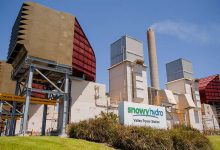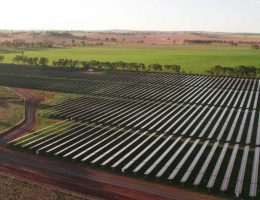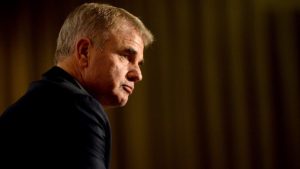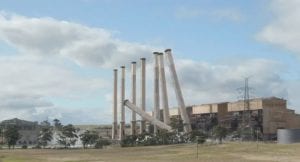Energy market experts have raised more concerns over the Morrison government’s proposal to build a new 660MW gas peaking plant in the Hunter region, saying the benefits of the plant have been overstated and that it is at serious risk of blowing the $600 million budget of public funds allocated to the project.
Analysis of the Kurri Kurri power station proposal, being developed by government-owned Snowy Hydro, has been completed by energy sector experts professor Bruce Mountain, Dr Steven Percy and former energy executive Ted Woodley, and published by the Victoria Energy Policy Centre.
The paper, which assessed the merit of the proposed Kurri Kurri gas plant, found that the proposal put forward by Snowy Hydro had potentially significantly underestimated the true cost of building the gas fired generator and overestimated the project’s ability to both deliver power when needed and lower electricity prices.
The authors pointed to a range of estimates of the cost of new-build electricity generation costs, which suggest the cost to build a new 660MW gas generator could be as much as 50 per cent higher than the $600 million that was set aside by the Morrison government in the most recent federal budget.
The group cited a number of recent cost estimates, including the cost estimate assumptions used by AEMO, and recent examples of similar gas generators built in Australia, finding the project was likely to cost upwards of $900 million and could exceed $1 billion.
Compounding the challenge for the project, the report authors noted that energy market authorities had not identified the need for a new 660MW gas generator, with regulators, such as the Australian Energy Market Operator, identifying a much smaller reliability gap in the New South Wales market.
The authors pointed to the relative slowness with which an open-cycle gas generator can respond to short-term electricity price spikes and supply shortages when compared to battery technologies. Big batteries, using lithium-ion cells, can respond virtually instantaneously to market events, while an open-cycle gas generator can take 30 minutes to become fully operational.
The report argues that this inflexibility will set any new gas peaking plant at a disadvantage to battery technologies, limiting the instances that a plant like the one proposed for Kurri Kurri would be useful and diminishing any contribution it may claim to lower wholesale electricity prices.
The authors found that the construction of a new big battery project would likely provide a better supply of dispatchable electricity generation if the need did arise.
“We conclude that there is at best a tiny market for the sort of service that KKPS can offer and so it has no prospect of earning anywhere near the revenues needed to recover its outlay,” the report says.
“Perhaps AEMO (and we) are wrong and there will be a demand for long duration storage soon. But this does not imply a demand for gas generators such as [Kurri Kurri Power Station]. Even if it costs twice as much per MW to build an eight hour battery than to build [Kurri Kurri Power Station] (as it does today), an eight hour battery is still more likely to be viable than [Kurri Kurri Power Station].”
Of significant concern, the analysis suggests that there may also be limited supplies of gas to the Kurri Kurri plant, given its location within the NSW gas network. The report finds that there would be an insufficient supply of gas in the Kurri Kurri region to enable the power station to operate continuously.
“[Kurri Kurri power station] cannot simply connect to the Sydney-Newcastle Pipeline and receive unlimited gas, as implied in the EIS, as there is insufficient gas supply and line-pack (pipeline) pressure. KKPS will need an intermediate storage system to attain even a few hours of continuous operation,” the report says.
Such a gas storage system, such as the one built for Snowy Hydro’s Colongra power station, could add an additional $100 million to the cost.
The Kurri Kurri proposal has been characterised by environment groups and industry groups alike as an unnecessary and unwelcome intervention by the Morrison government in the energy market.
The Australian Energy Council, which represents some of the largest energy market incumbents, has complained that the government’s intervention through the Kurri Kurri project was making it difficult for the private sector to confidently make their own investment decisions on new projects.
Prime minister Scott Morrison and federal energy minister Angus Taylor have argued that the plant is necessary to help fill a gap in generation supply following the scheduled closure of the Liddell power station in 2023.
See Snowy’s response here: Snowy sees room for five more gas plants, says 100 pct renewables “inconceivable“










